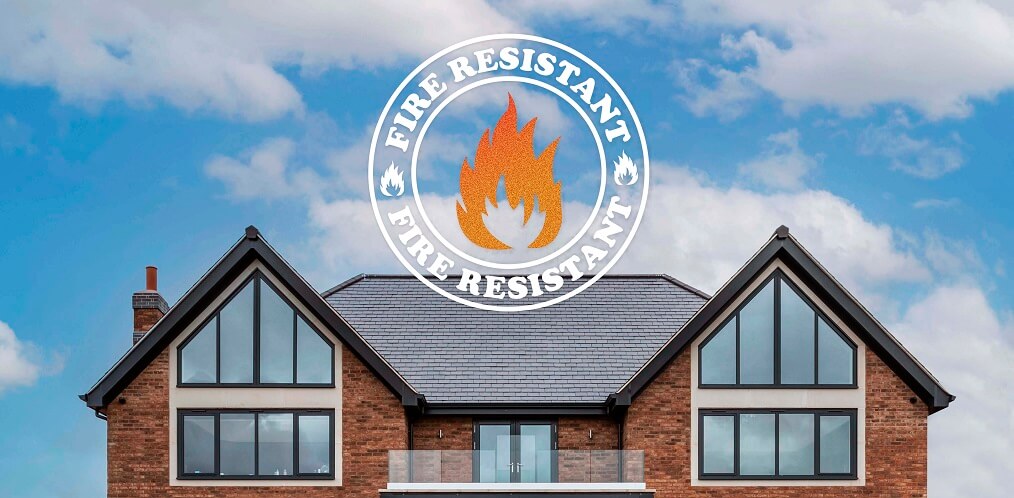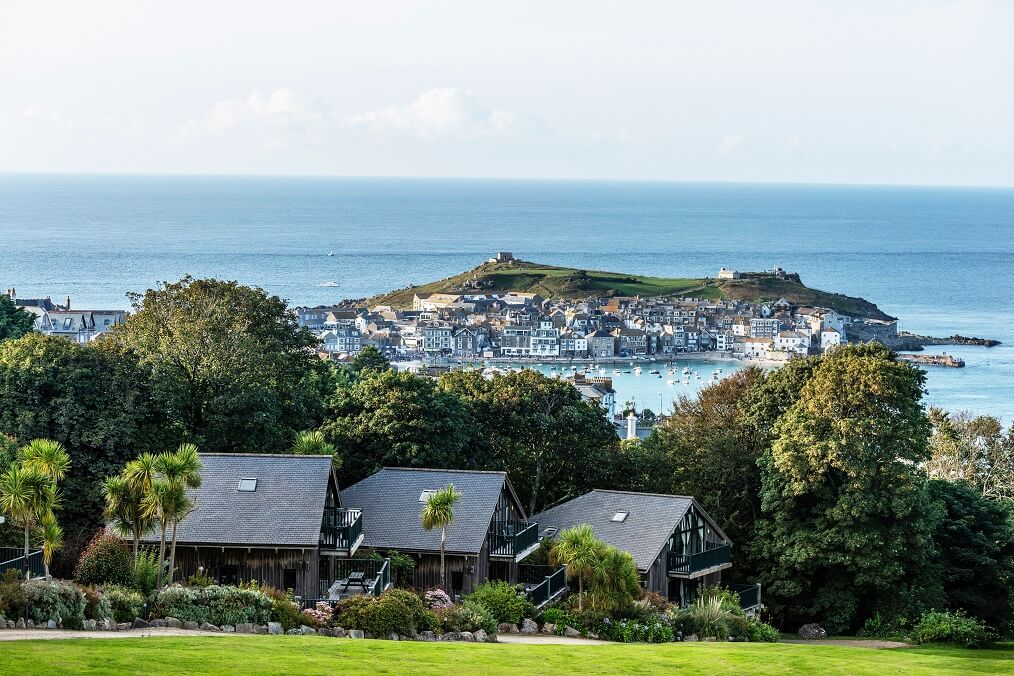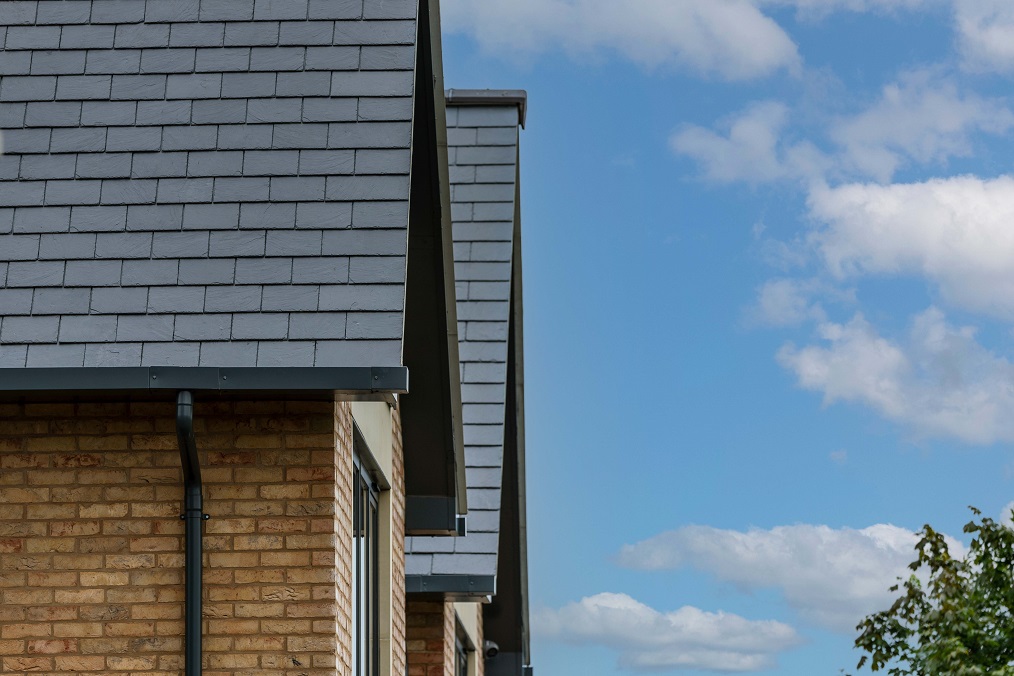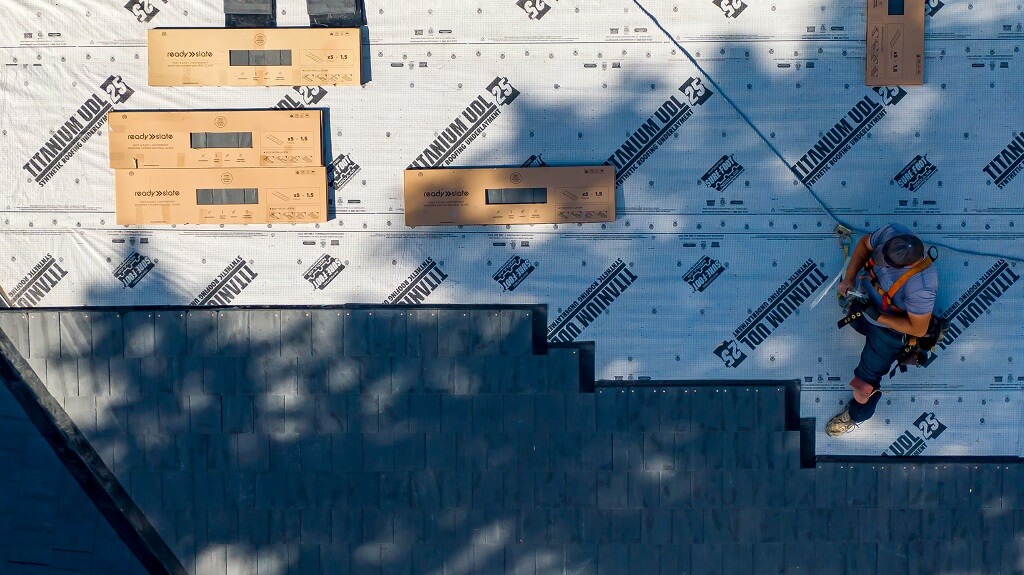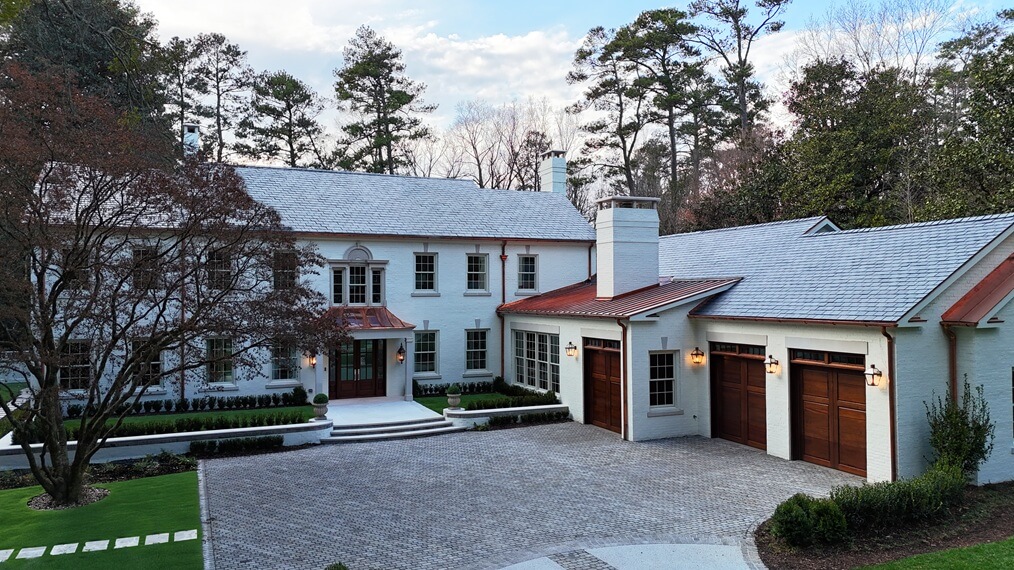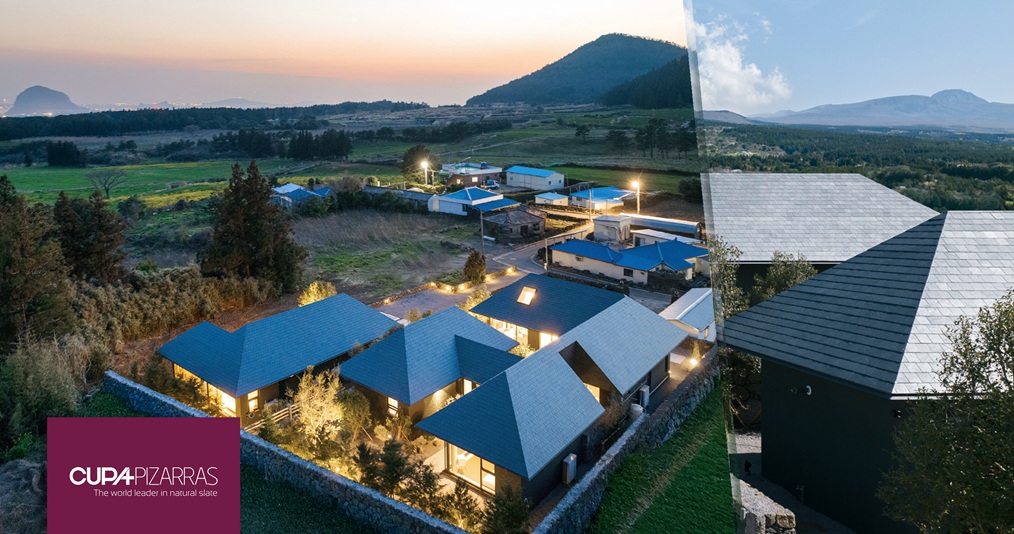Natural slate is fire-resistant: every study shows it does not burn
Does slate burn? For anyone who works with this rock, this is an easy question to answer. It even seems a bit silly. Obviously slate does not burn. In fact, until relatively recently it was quite common for workers to use it as a griddle to cook their lunch, by using fire to heat it from underneath.
However, construction regulations now require very well defined fire performance of the elements used. We are all aware of the great fires that have razed entire towns on the West Coast of the United States each summer or the Grenfell Tower building fire in London in 2017.
The extreme weather conditions expected in the coming years threaten an increase in this type of disaster. It is not surprising that the regulatory trend is to demand more fire-resistant materials, such as natural stone, as opposed to other materials that burn easily, such as wood.
Slate is a rock composed of quartz, mica, and chlorite. These minerals do not ignite with increasing temperature, they do not burn, although they do reach a point where they become liquid, they melt.
The melting temperature of quartz is above 1,600°C (2,900°F), whereas mica and chlorite melt at temperatures between 1,000 and 1,400°C (1,800 – 2,500°F). To give you an idea, the lava emitted by volcanoes is usually between 850 and 1,200°C (1,560 – 2,200°F).
The temperature that can be reached in a household fire is around 800°C (1,470°F). The slate forming part of the building does not melt under these conditions, although it does suffer cracking and breakage due to the large thermal changes.
That is the theory, but in practice there had never been a scientific study on slate’s behaviour and resistance in case of fire. The US National Slate Association (NSA) commissioned a study on the effect of fire on slate in 2010, in which an experimental slate roof was directly exposed to the fire. The results did not show any kind of combustion or melting in the slate.
The temperature reached by the slate was not measured in this experiment though, and its duration was less than one hour. Neither were the final condition of the slates or their degree of alteration described.
The Swedish company Nordskiffer commissioned its own test, the results of which are not public. This was similar to the NSA’s experiment, but this time using different types of slate. Unsurprisingly, the slates did not burn during this test either.
These tests were inspired by the regulations applying to construction products. Their results are useful to demonstrate the obvious – that slate does not burn. However, they do have a series of deficiencies that could count against them in the case of a hypothetical legal claim. The fire exposure time is shorter than the case of a fire, and the temperatures are lower. As they are not scientific works, neither do they explain the structural and mineralogical changes that occur in the slate.
Against this background, there was a clear need for scientific work that would complement the reports produced to date and close the matter. I started to work on this during my time at the University of Ghent in Belgium and finished it when I was already at the University of Oviedo in Spain.
The work, entitled “Fire resistance of roofing slates: Mechanical, mineralogical and aesthetic changes alongside temperature increase”, analyses the behaviour of various types of slate (Brazilian metalutite, slate from La Baña, Spain and Italian slate, metaquartzite from Alta (Norway), phyllite from Lugo, Spain and cinerite from Burlington, UK) exposed to temperatures ranging up to 900°C (1,952°F) for several days.
The results show generalised oxidation due to heat, as well as a decrease in flexural strength, but in no case did the slates tested burn, melt or emit dangerous substances. Roofing slate is undeniably safe in this regard.
These results were published in the prestigious journal Construction and Building Materials, one of the most important in the field, and they constitute a sound, indisputable argument on slate’s fire resistance.
No doubts about the incombustibility of slate can remain, science has shown it.
You can see the original article at this link.
Fire resistance is not the only outstanding quality of slate. This comparison of materials shows how slate’s performance exceeds all its competitors.

